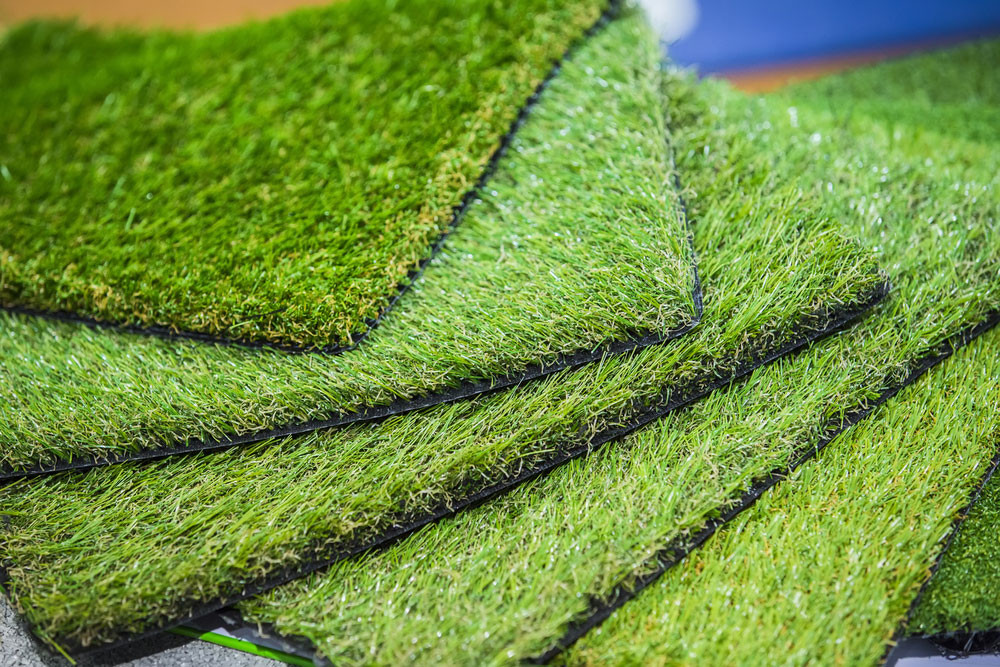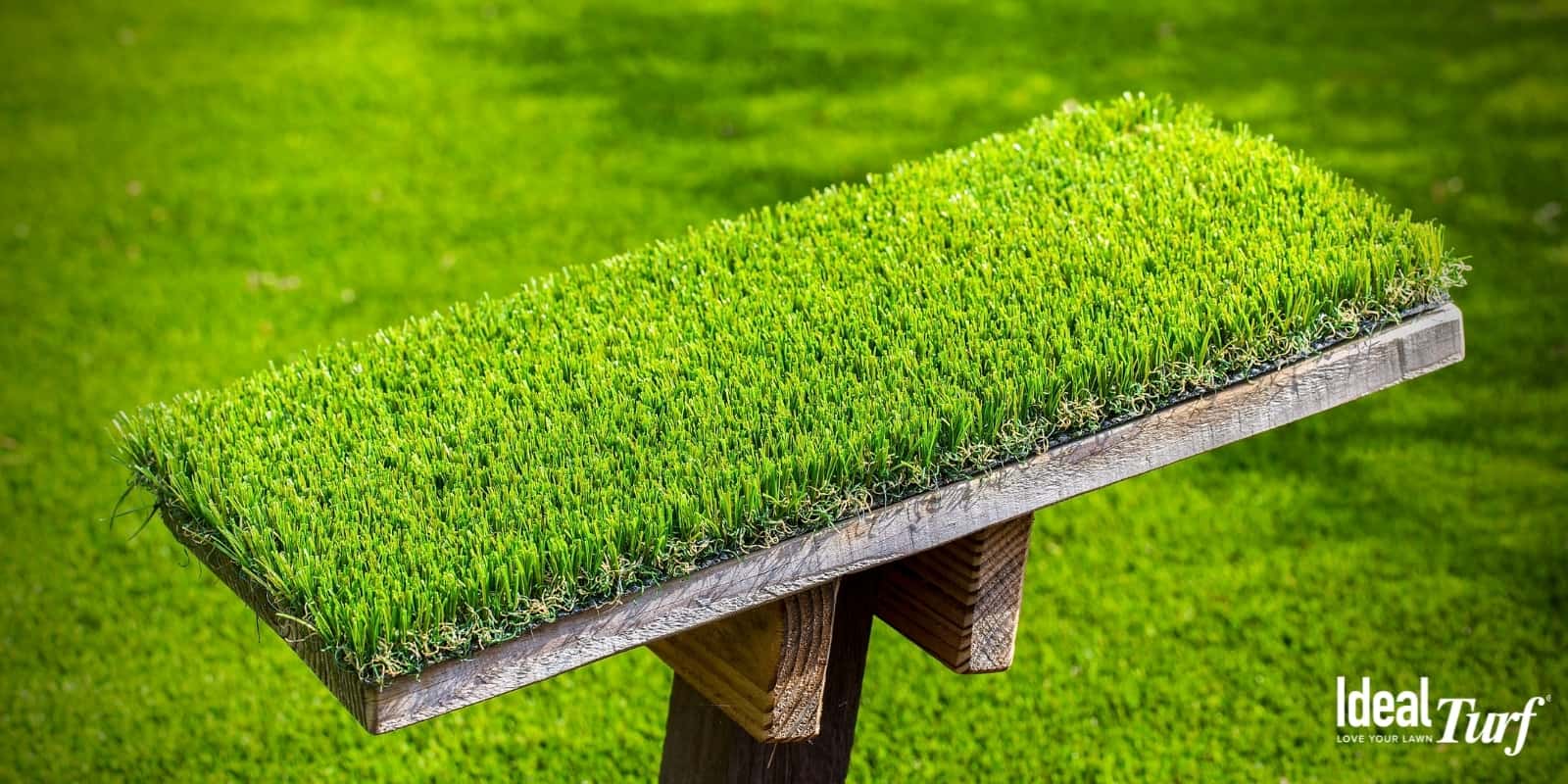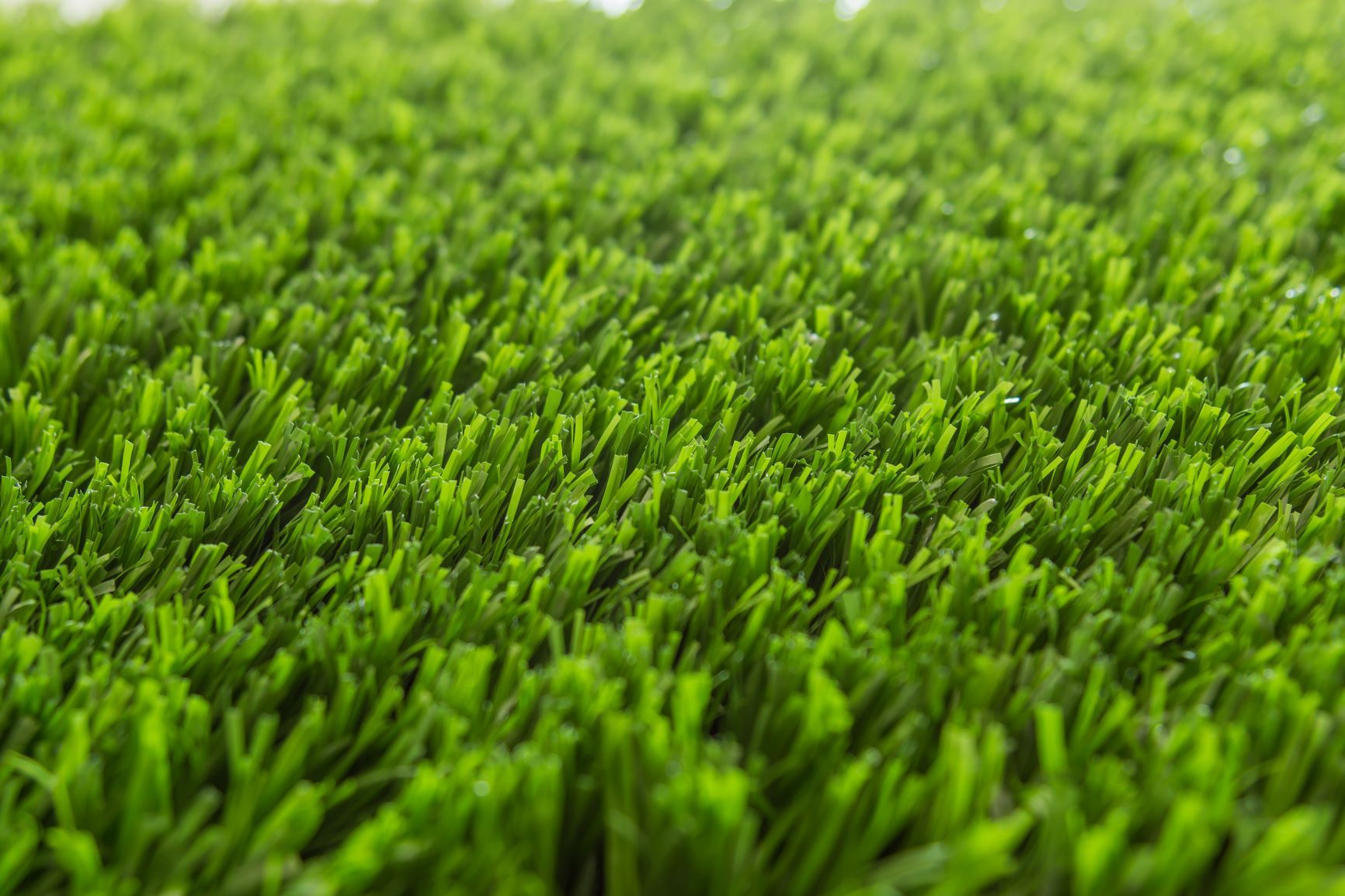Enjoy a Flawless Lawn with Arizona Artificial Turf for Any Outdoor Space
Enjoy a Flawless Lawn with Arizona Artificial Turf for Any Outdoor Space
Blog Article
Look Into the Environmental Advantages of Opting for Synthetic Grass Solutions
The fostering of fabricated grass options provides a compelling possibility to deal with pressing ecological obstacles. By considerably minimizing water use and decreasing the application of unsafe chemicals, these options not only promote sustainable landscaping yet additionally protect regional ecosystems. The lower carbon impact connected with decreased upkeep tasks contributes to an extra lasting approach to land monitoring. The effects of these benefits expand past mere conservation initiatives, elevating concerns concerning their long-term influence on habitat conservation and total eco-friendly equilibrium. Discovering these dimensions discloses a complicated interplay worth considering.
Water Preservation Benefits
One of the most significant advantages of synthetic turf is its capacity to conserve water. In contrast, fabricated grass does not require watering, dramatically lowering the general demand for water resources.
By getting rid of the requirement for regular watering, man-made lawn contributes to sustainable landscape practices and aids mitigate the ecological effect of excessive water usage. The preservation of water extends to the reduction of runoff, which can lead to soil erosion and river pollution.
Additionally, the setup of man-made turf allows home owners and municipalities to assign water resources a lot more effectively, concentrating on crucial usages such as drinking water and farming. The change towards synthetic grass not only promotes accountable water usage but likewise straightens with broader environmental goals targeted at preserving natural deposits.
As communities progressively focus on sustainability, the water preservation advantages of synthetic grass offer an engaging situation for its adoption in domestic and industrial landscaping projects.
Lowered Chemical Use
The shift to synthetic grass significantly lowers the reliance on chemical treatments frequently used in all-natural lawn upkeep. Standard grass management generally involves the application of herbicides, plant foods, and pesticides to advertise growth and control bugs. These chemicals can pose risks to human health and wellness, neighborhood wildlife, and the setting, adding to soil and water contamination.
In contrast, fabricated grass gets rid of the requirement for these hazardous materials. Once installed, it calls for very little maintenance, primarily including normal cleaning and occasional infill replenishment. This decrease in chemical use not only profits the prompt atmosphere but additionally adds to wider eco-friendly security. By reducing the launch of artificial compounds right into the community, synthetic grass promotes much healthier dirt and water systems.
Additionally, the lack of chemical runoff related to artificial turf setups aids safeguard regional rivers from contamination, sustaining aquatic life and keeping biodiversity. Arizona artificial turf. As areas increasingly focus on sustainable techniques, going with synthetic grass presents a viable solution that lines up with environmental preservation objectives. With this shift, homeowner can appreciate lush green rooms without jeopardizing ecological wellness, leading the way for a more sustainable future
Reduced Carbon Impact

Additionally, the setup of artificial turf can lead to significant water conservation. Natural lawns require considerable amounts of water for irrigation, which not only contributes to the carbon footprint related to water removal and therapy yet also pressures neighborhood water resources. On the other hand, synthetic grass requires very little maintenance, calling for no watering, thus considerably reducing water usage and its linked energy expenses.
Additionally, the durability of synthetic grass adds to its lower carbon influence. With a life-span of as much as 15 years or even more, the requirement for frequent replacements is decreased, leading to less waste and lower energy consumption in manufacturing and getting rid of typical lawn options. Overall, fabricated lawn presents a sustainable alternative for eco aware landscape design.
Environment Preservation
Environment preservation is a vital consideration in the dispute find out here now over landscape design selections, specifically when comparing synthetic grass to natural lawn. Natural turf yards commonly require substantial upkeep, consisting of using pesticides, fertilizers, and herbicides, which can negatively affect neighborhood ecosystems. These chemicals can seep right into the dirt and rivers, hurting indigenous flora and fauna and disrupting neighborhood environments.
Synthetic grass eliminates the need for dangerous chemicals, consequently shielding neighboring wildlife and keeping the honesty of bordering environments. The setup of fabricated lawn can lead to the conversion of previous grass areas into more biodiverse landscapes, such as pollinator gardens or indigenous plant locations, which can support neighborhood wild animals.
Eventually, the shift to synthetic grass not only conserves water and lowers maintenance initiatives however additionally cultivates a more unified partnership between human activities and the natural surroundings, promoting environment preservation while doing so.
Long-Term Sustainability
Long-term sustainability is an important aspect in examining the advantages of fabricated lawn over typical yard yards. One of the most considerable advantages of synthetic grass is its durability; it can last as much as 15-20 years with minimal maintenance, whereas all-natural yard requires constant reseeding and substitute. This longevity decreases the demand for consistent sources, such as water, plant foods, and chemicals, click this which are crucial for keeping a healthy yard lawn.
Additionally, artificial turf adds to a decrease in carbon exhausts connected with lawn care devices. Typical lawns usually call for gas-powered mowers, trimmers, and blowers, every one of which contribute to air pollution. Turf installation phoenix az. In comparison, artificial grass removes the need for such devices, promoting a cleaner setting
Additionally, the manufacturing of synthetic grass progressively makes use of recycled products, boosting its sustainability profile. As makers embrace eco-friendly methods, the ecological footprint of synthetic grass remains to reduce.

Conclusion
The adoption of artificial turf options offers considerable environmental benefits, including considerable water preservation, reduced dependence on harmful chemicals, and a reduced carbon footprint. In addition, man-made grass aids in maintaining all-natural habitats by decreasing land disturbance and advertising long-term sustainability through using long lasting products. Collectively, these variables underscore the potential of synthetic grass to contribute positively to ecological health and provide a viable alternative to standard landscaping practices in an increasingly resource-conscious globe.
In contrast, synthetic lawn does not require watering, substantially reducing the total need for water resources. By lessening the launch of artificial compounds into the community, man-made turf advertises much healthier i thought about this soil and water systems.
Furthermore, the installment of artificial turf can result in considerable water preservation. In contrast, synthetic lawn needs minimal upkeep, calling for no watering, consequently considerably decreasing water usage and its connected energy costs.

Report this page